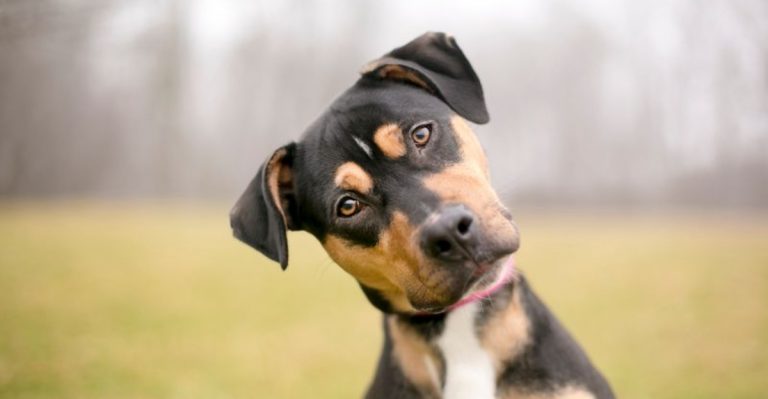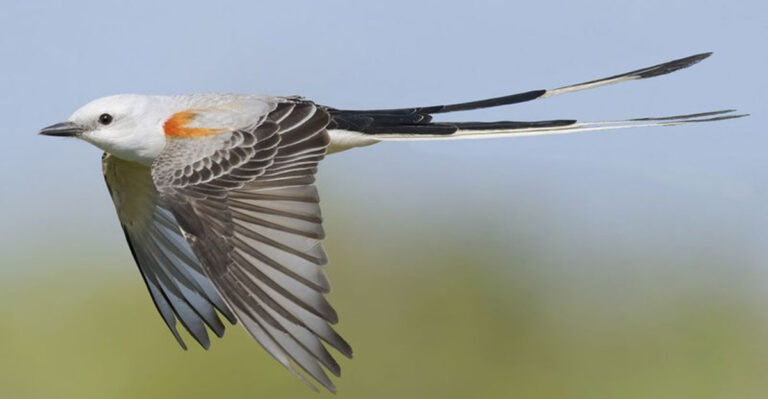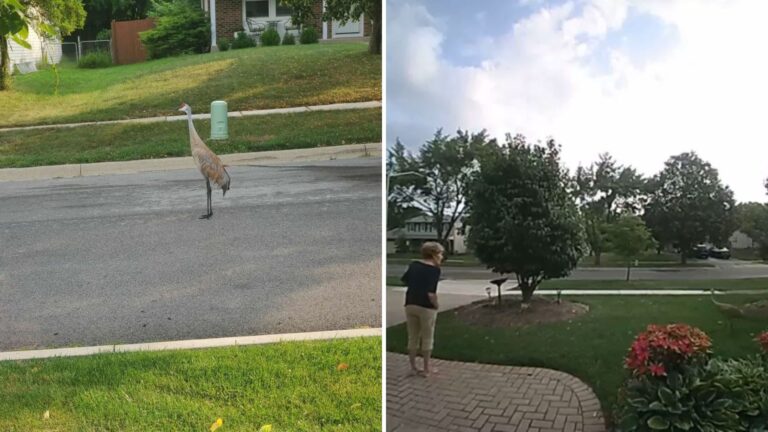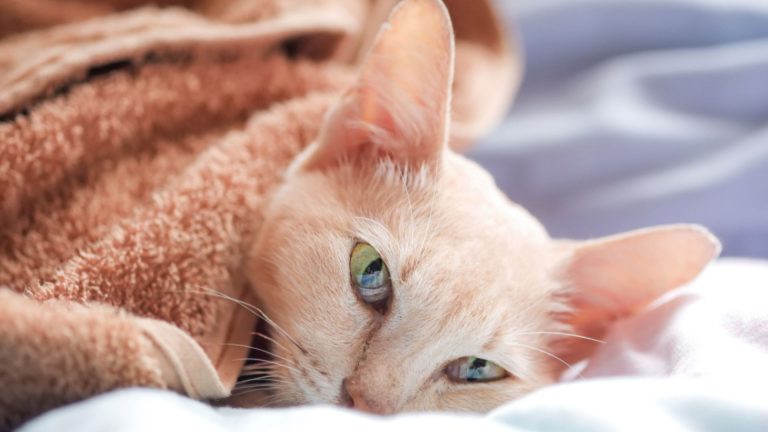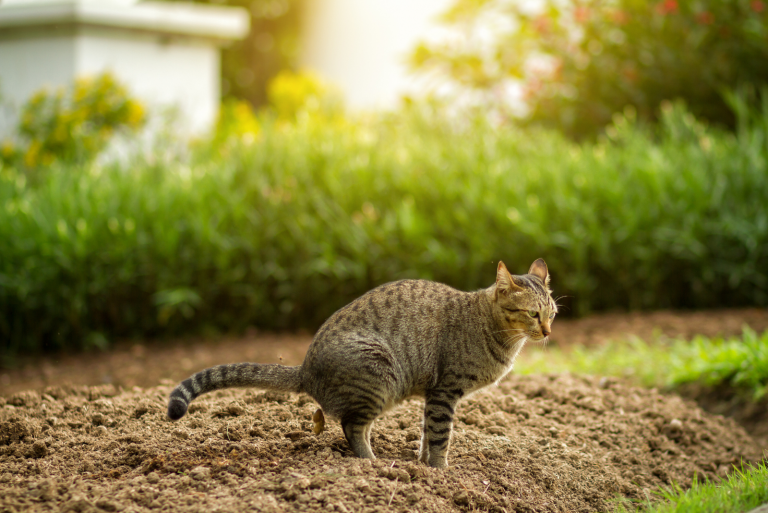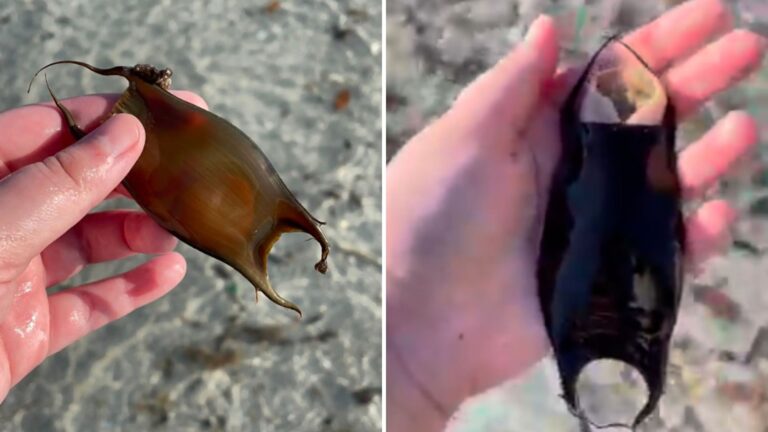The Most Troublesome Insects Found Around Washington Homes
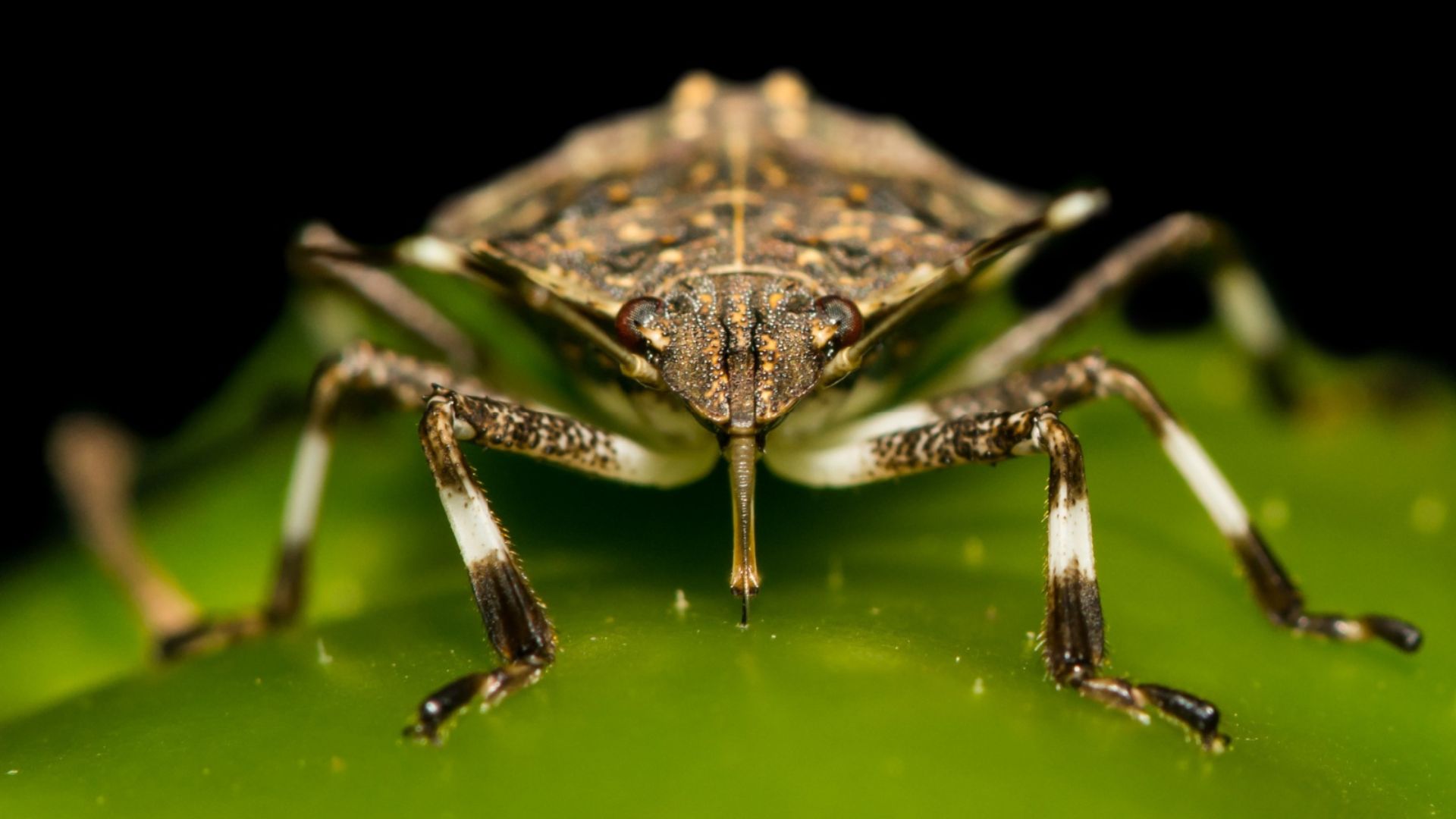
Evenings in Washington often mean the hum of sprinklers, kids playing barefoot in the grass, and the buzz of wings drifting through the air. But not every backyard visitor is as harmless as a honeybee.
Tucked among garden shrubs and patio furniture, several insects lurk that can sting, bite, or simply make your outdoor time miserable.
Knowing which creatures to watch for can make the difference between a peaceful barbecue and an unwanted trip indoors.
Yellowjackets
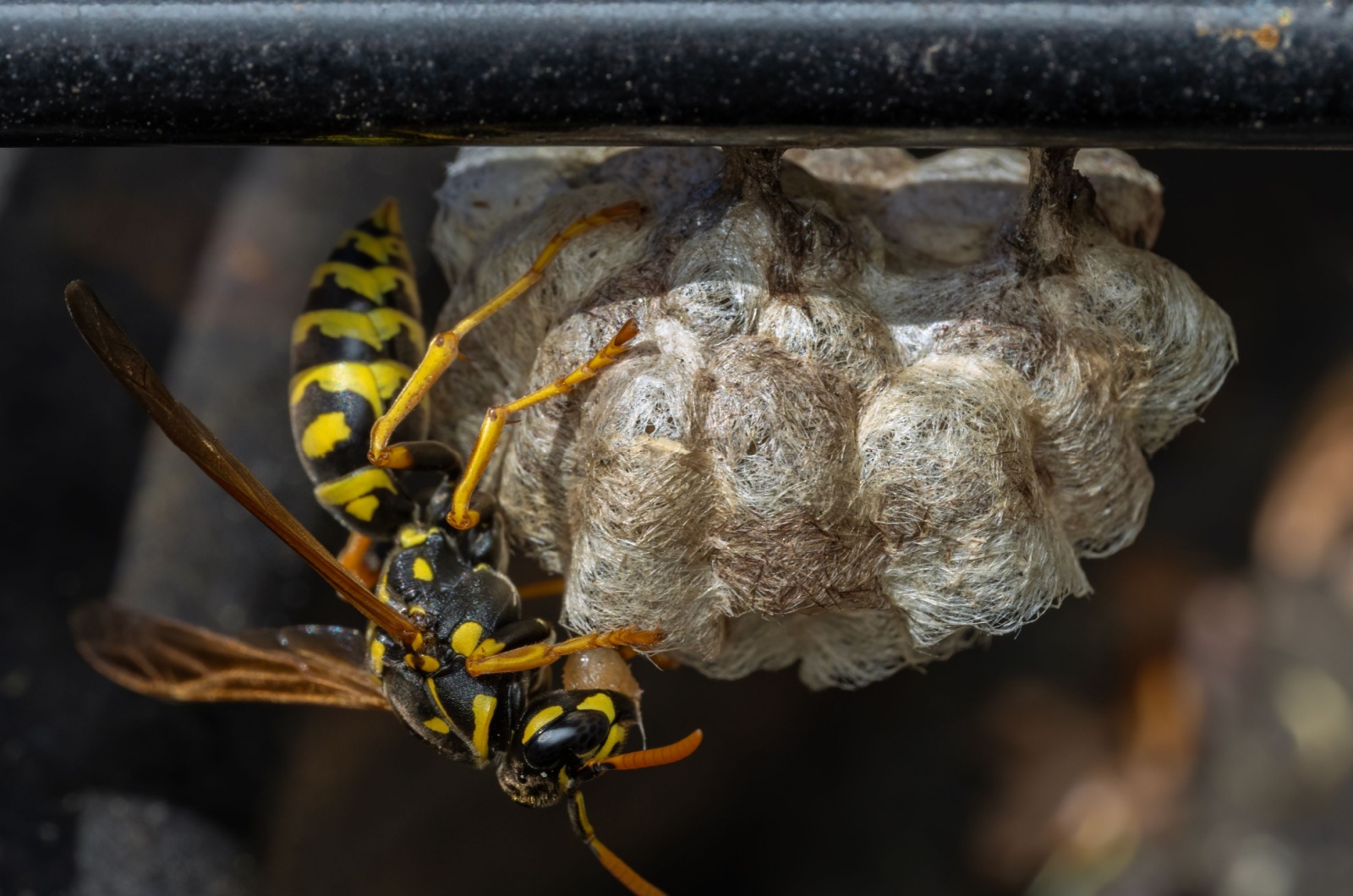
Few backyard pests are as notorious as yellowjackets. These aggressive wasps don’t just sting once—they can sting repeatedly, and they won’t hesitate to defend their nests hidden in the ground or tucked under eaves.
Their stings are painful, and for those with allergies, potentially life-threatening. They’re also frequent uninvited guests at picnics, drawn to sugary drinks and meat scraps.
Paper Wasps
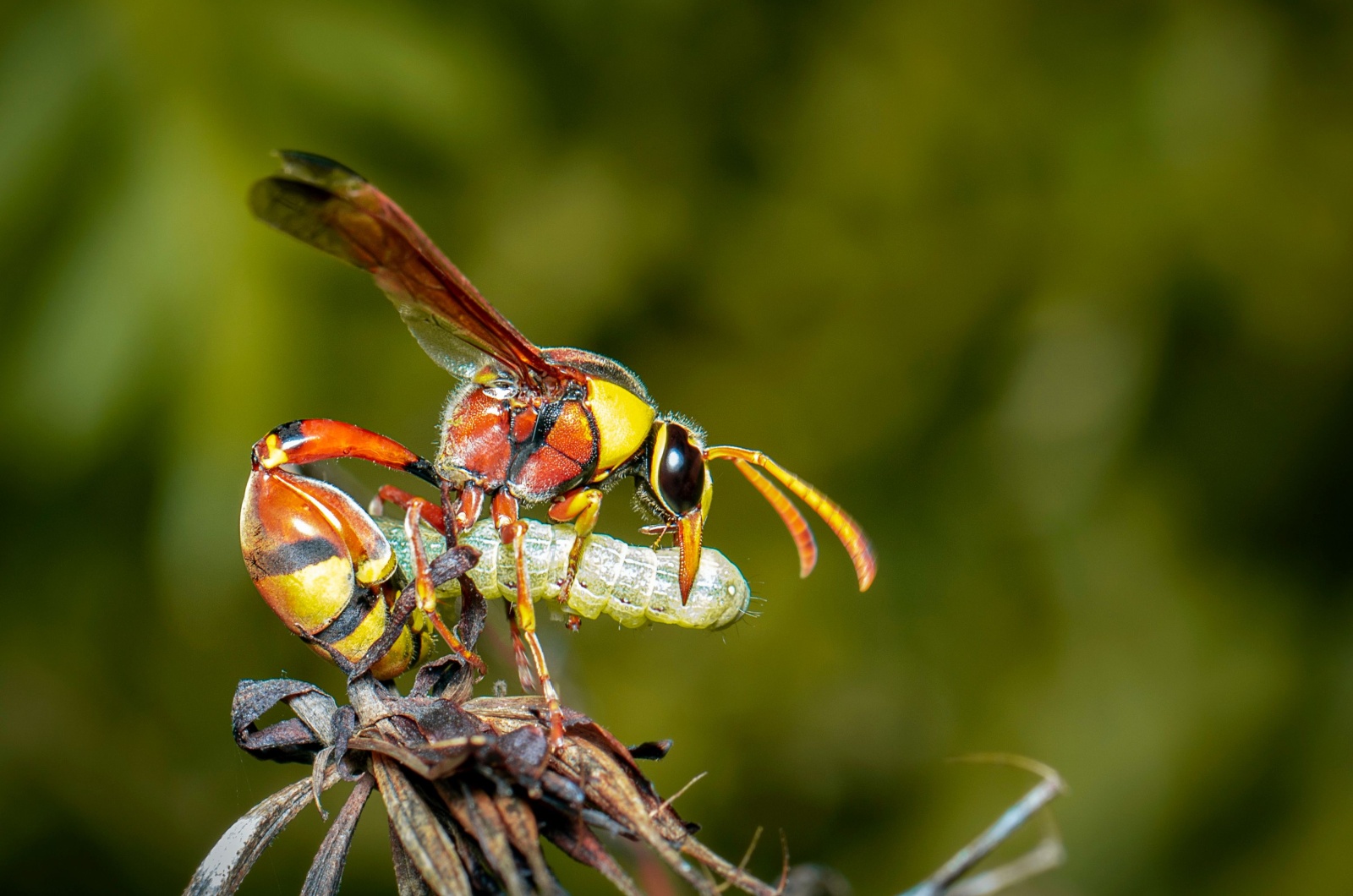
Sleeker than yellowjackets, paper wasps build umbrella-shaped nests under decks and rooflines.
While generally less aggressive, they’ll attack if they feel threatened. A sting from a paper wasp delivers a burning pain that lingers long after the insect has flown away. Spotting a small nest early is key—these colonies grow quickly in warm months.
Western Velvet Ant
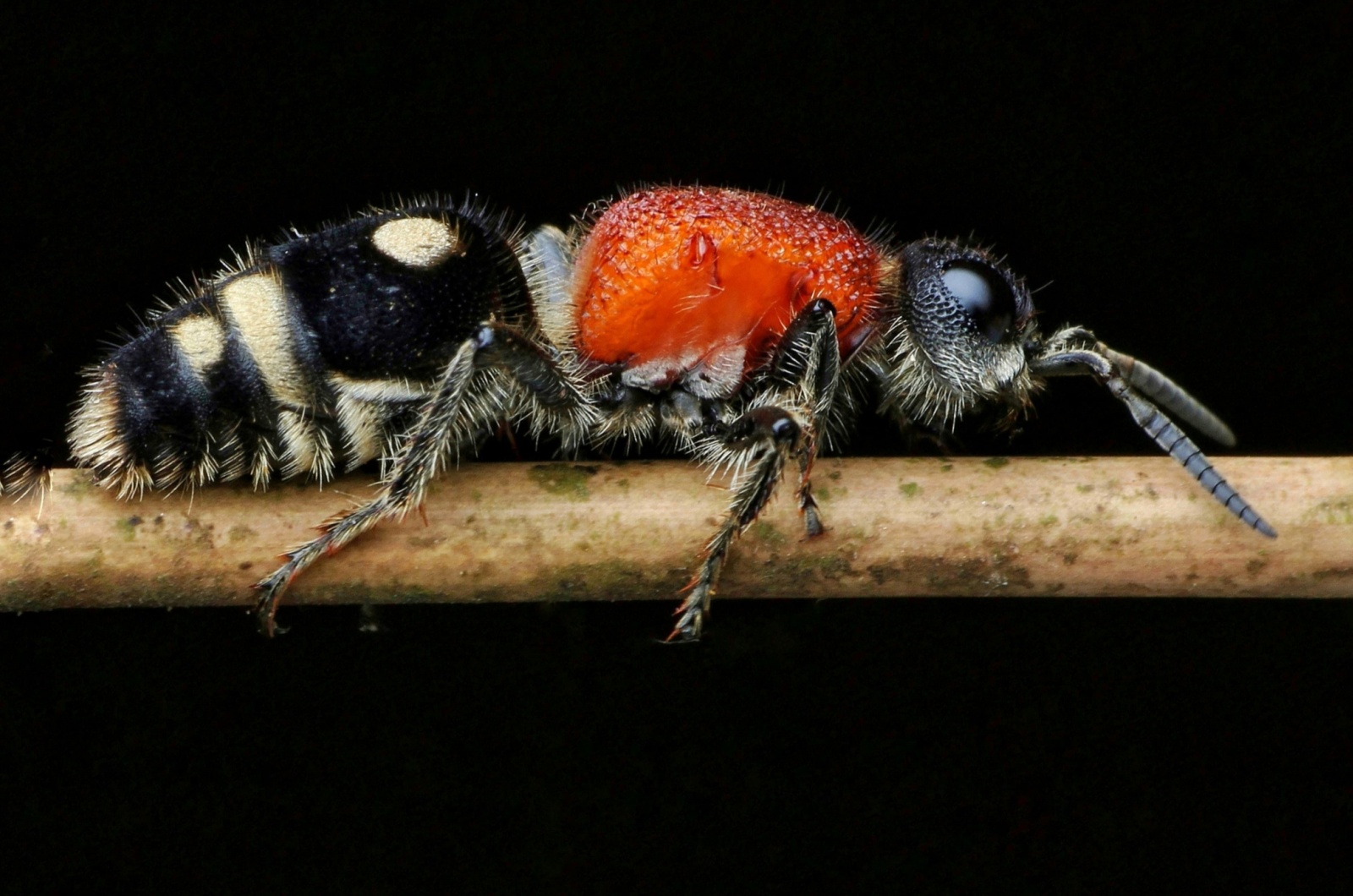
Despite the name, the velvet ant isn’t an ant at all but a wingless wasp covered in bright red and black hairs.
Sometimes called the “cow killer” because of its extremely painful sting, it roams the ground searching for other insects’ nests. They’re not common in every yard, but stumbling across one barefoot is a mistake you’ll only make once.
Assassin Bugs
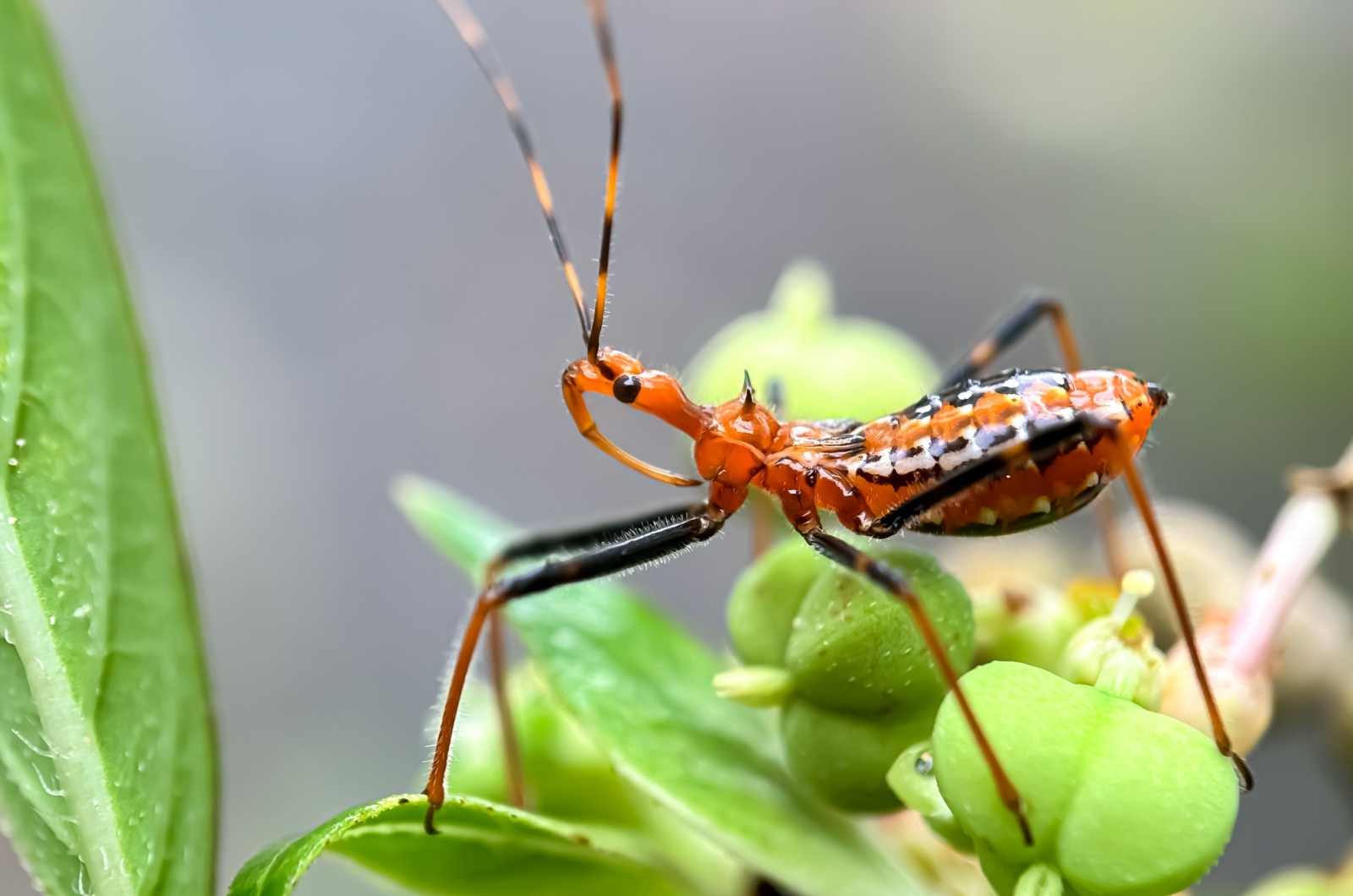
Not all backyard hunters are friendly. Assassin bugs, true predators, pierce their prey with a sharp beak—but they’ll also bite humans if handled.
Their bite feels like a hot needle and can cause swelling and headaches. Though they help control pests, you don’t want one hiding in your garden gloves.
Brown Marmorated Stink Bugs
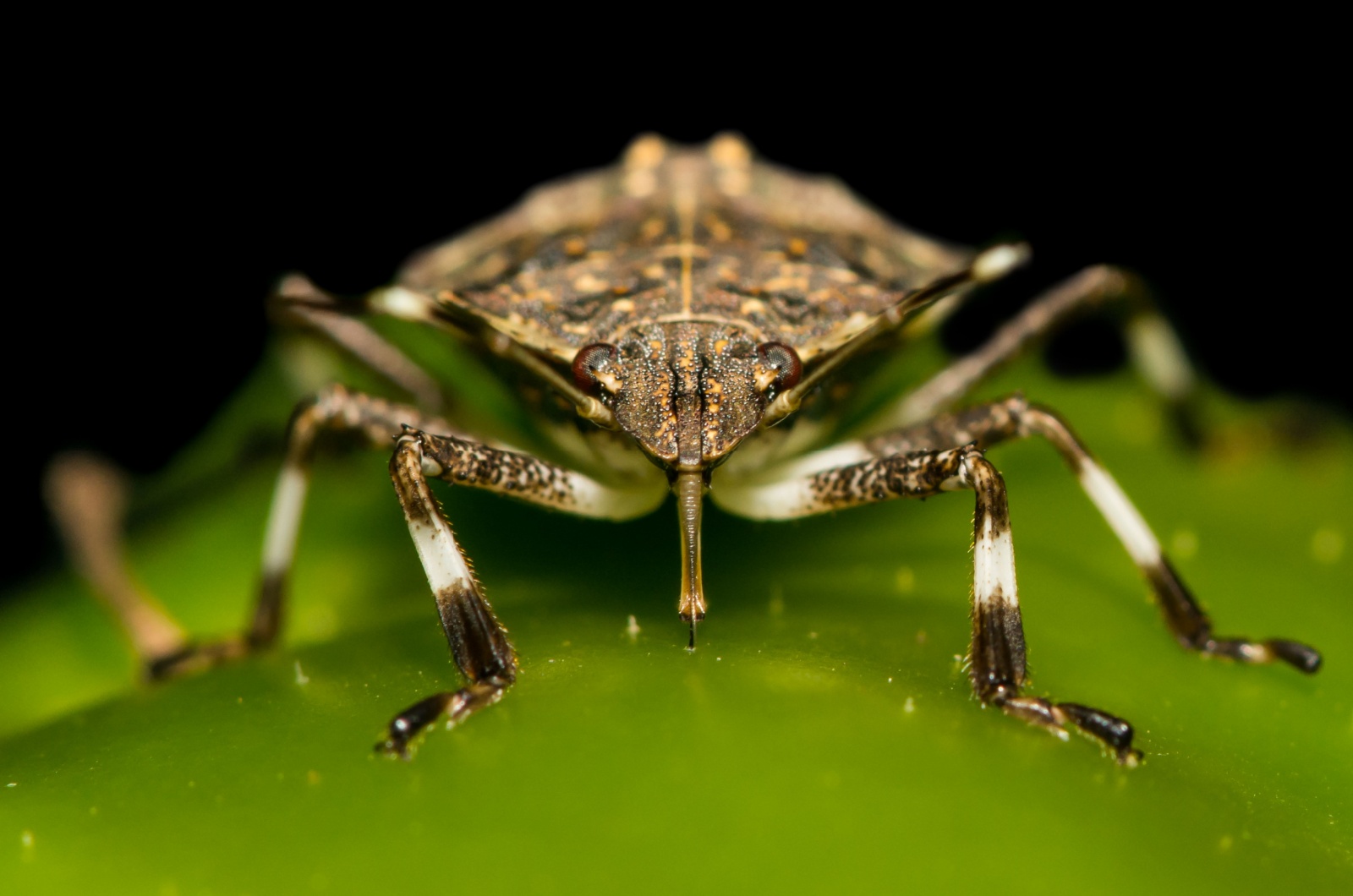
While not dangerous in the same way as stingers, stink bugs are an invasive headache for Washington gardeners.
They feed on fruits and vegetables, leaving behind scars and ruined harvests. Crush one indoors, and you’ll discover why they earned their name. They’re a reminder that “dangerous” sometimes means destructive rather than painful.
Northern Giant Hornet
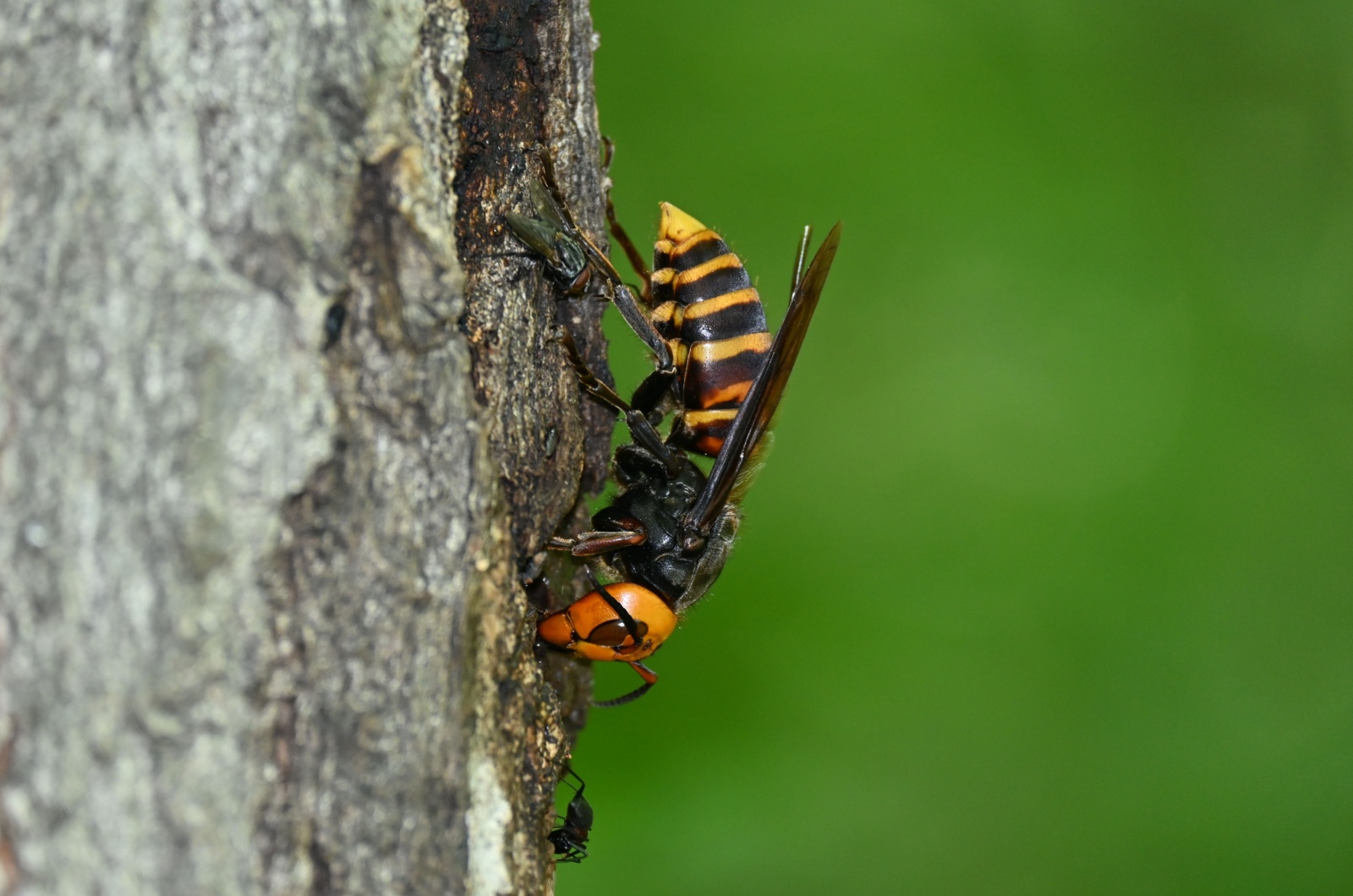
Better known by its sensational nickname, the “murder hornet,” this insect caused a panic when it was first detected in Washington.
These hornets can deliver powerful stings and, more importantly, decimate honeybee colonies. The good news? Officials declared them eradicated in 2024. Still, the brief invasion proved how vulnerable local ecosystems are to invasive species.
Staying Safe Outdoors
Most of these insects don’t go looking for trouble. They sting or bite only when threatened.
To lower your chances of a bad encounter, keep food covered, inspect eaves and shrubs for nests, and teach kids not to poke at buzzing insects. If you do spot a large nest, it’s safer to call in a professional than to tackle it alone.
Backyards are meant for laughter, grilling, and the sweet smell of summer evenings—not painful stings.
By learning to recognize Washington’s more dangerous insects, you can enjoy the outdoors with a little more peace of mind and a lot fewer unpleasant surprises.

